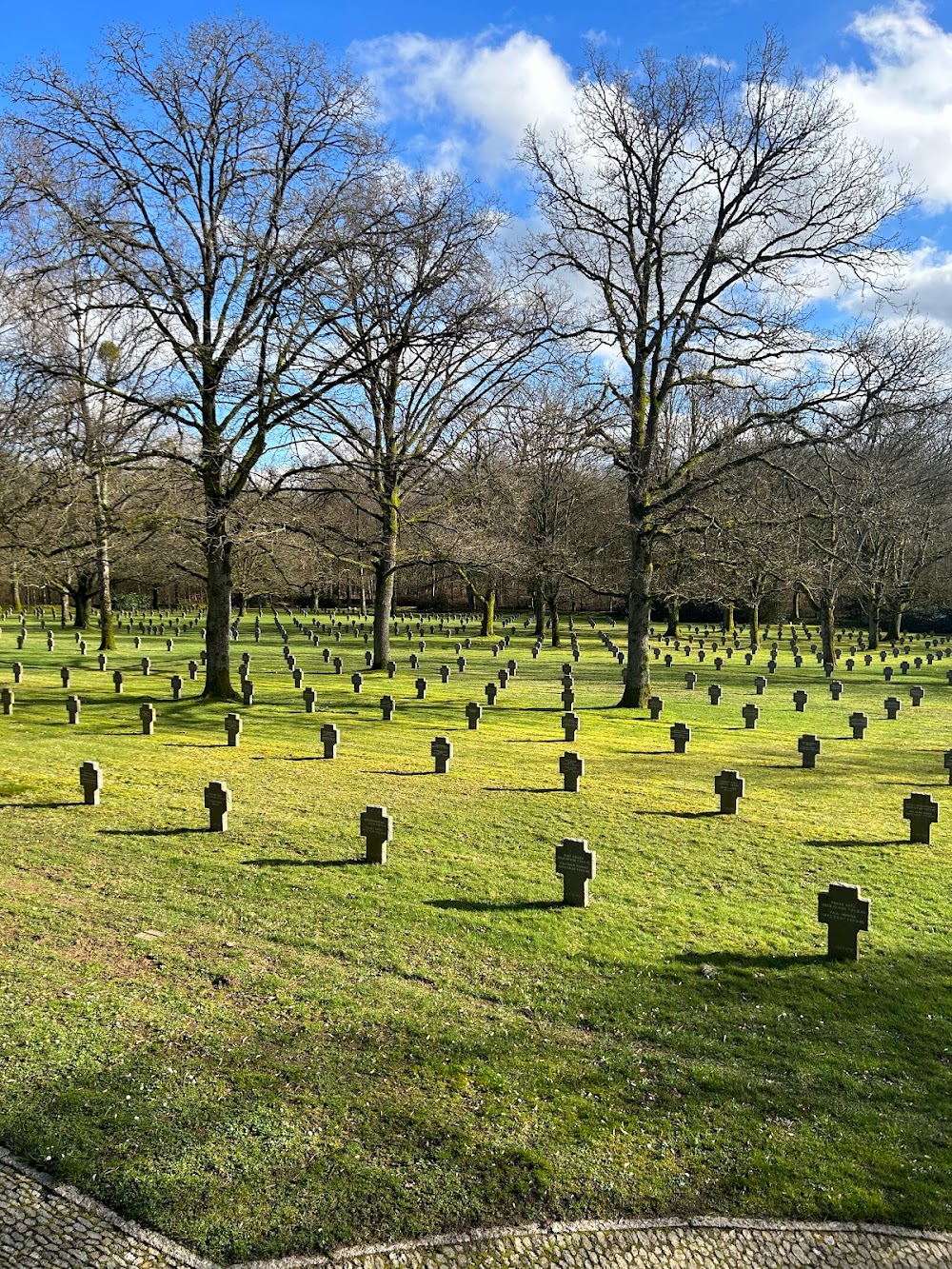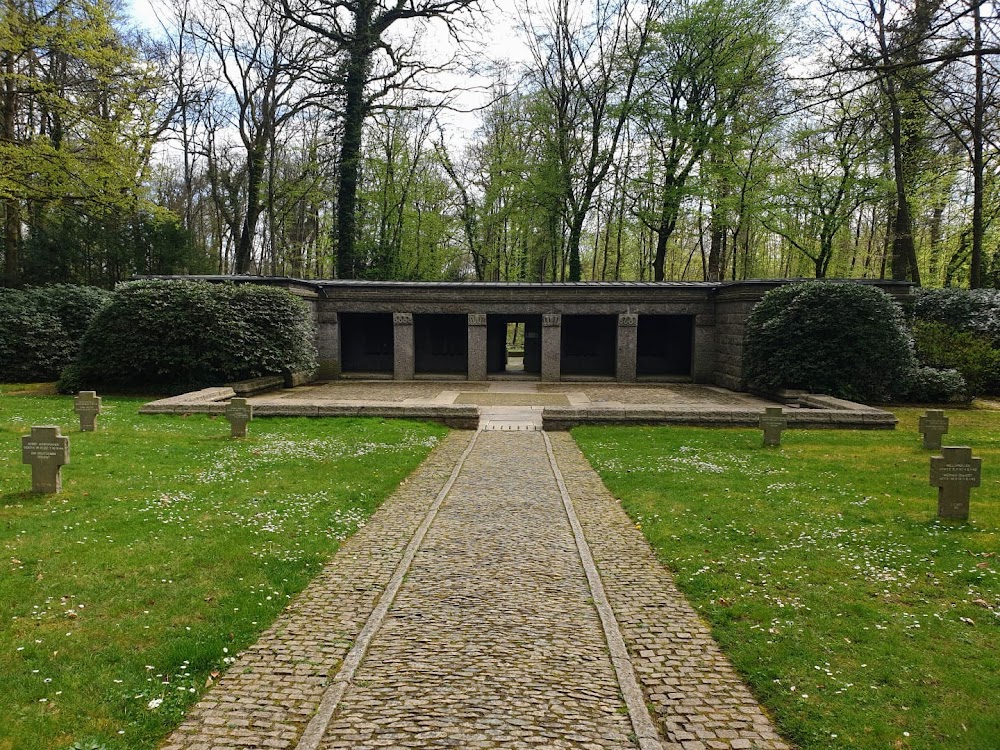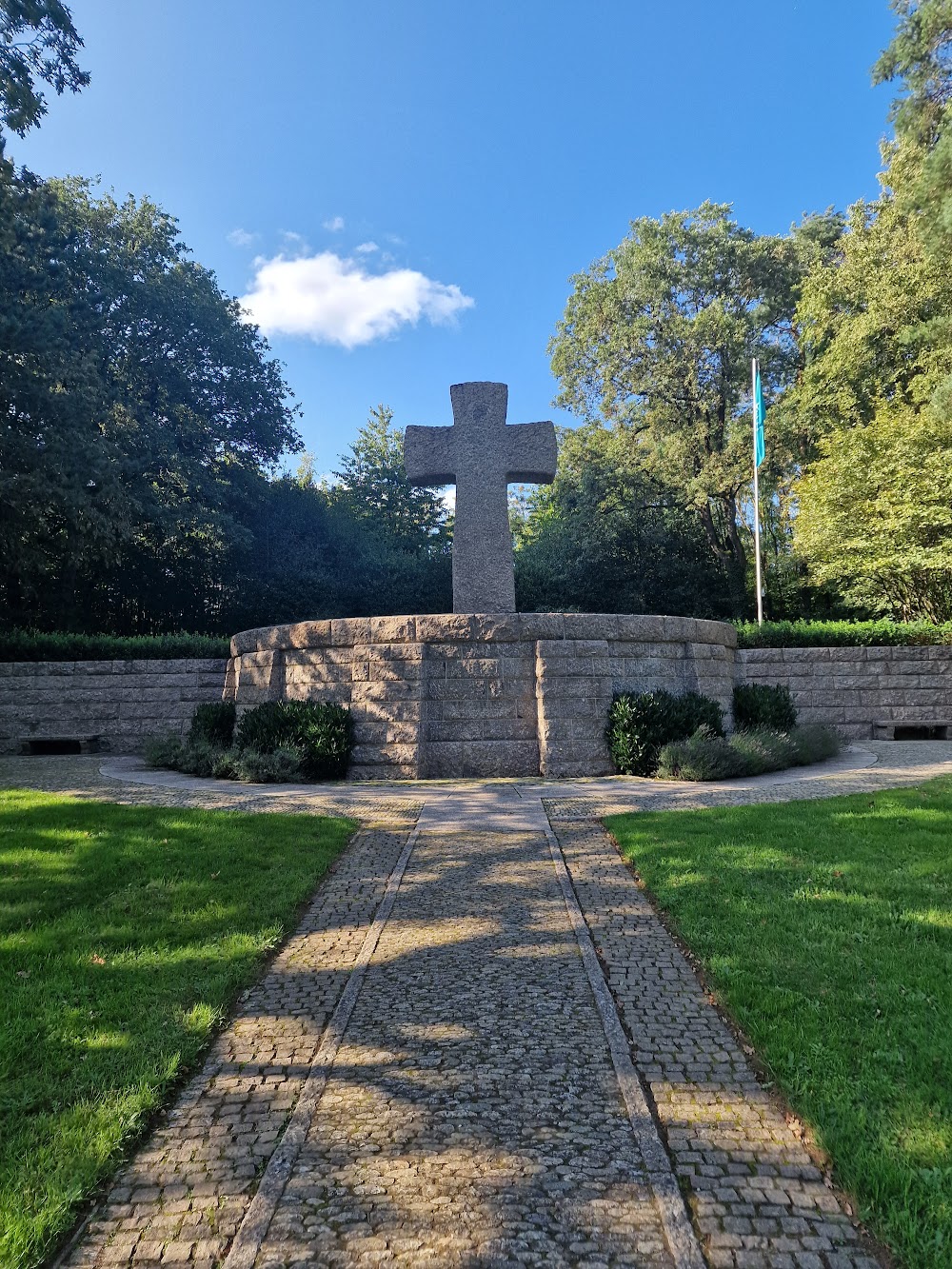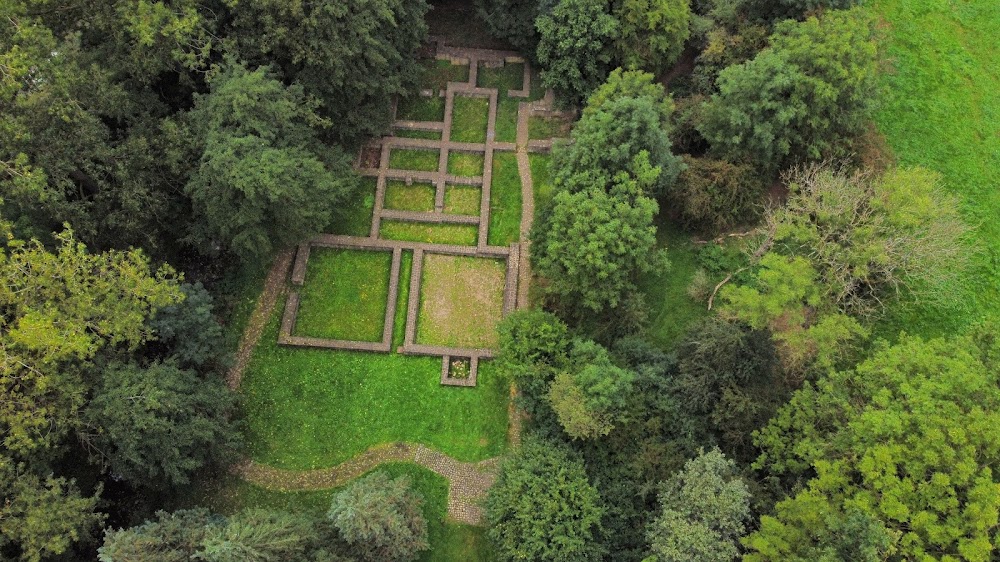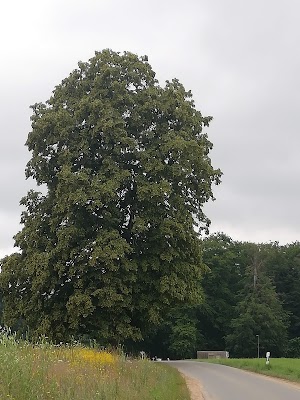Capellen Military Cemetery (Militärkierfecht Capellen)
Overview
Sandweiler German War Cemetery: A Place of Reflection
Sandweiler German War Cemetery, also known as Capellen Military Cemetery, stands as a poignant reminder of the somber history of World War II. Nestled in the Canton of Capellen, Luxembourg, this cemetery is the final resting place for German soldiers who lost their lives during the conflicts that swept through Luxembourg and its surrounding regions.
A Historical Overview
The cemetery's origins can be traced back to the aftermath of World War II, when the monumental task of addressing the war casualties began. By the late 1940s, initiatives were launched to locate, identify, and respectfully inter these fallen soldiers. The Luxembourg government, in collaboration with the German War Graves Commission (Volksbund Deutsche Kriegsgräberfürsorge), worked diligently to establish designated burial sites for German military personnel.
Establishment and Location
In 1952, an official agreement between Luxembourg and Germany paved the way for the establishment of Sandweiler German War Cemetery. Located near the town of Sandweiler, the site offers a serene and reflective atmosphere, surrounded by lush forests and gentle rolling hills. This tranquil setting serves as a dignified resting place for those who once faced the horrors of war.
Meticulous Construction
The construction of the cemetery was marked by careful planning and compassionate execution. Teams undertook the difficult task of exhuming soldiers' remains from makeshift graves scattered across battlefields, woods, and towns in Luxembourg and beyond. Each soldier was transported to Sandweiler, with identification efforts often relying on personal effects or military records to ensure proper recognition and respect.
Opening and Design
The cemetery officially opened its gates in 1955 after years of dedicated efforts. It features numerous meticulously manicured sections, with grave markers—primarily simple, modest crosses—arranged symmetrically. These markers often bear the names, ranks, and dates of birth and death of the soldiers, creating a shared space of honor and remembrance.
The Central Monument
At the heart of the cemetery lies a central monument, serving as a powerful symbol of reverence. This memorial not only provides a visual focal point but also offers visitors a place to reflect on the sacrifices made during the war. The inscriptions on the monument resonate with themes of peace, reconciliation, and remembrance, inviting contemplation on the conflicts that led to such profound loss.
Ongoing Maintenance and Care
Maintaining the cemetery is an ongoing effort involving both Germany and Luxembourg. The German War Graves Commission oversees and funds the upkeep, ensuring that the grounds remain a dignified space. Volunteers and staff regularly tend to the graves, mowing lawns, planting flowers, and cleaning headstones, preserving the cemetery's tranquil environment.
An Educational Experience
Today, Sandweiler German War Cemetery serves not only as a burial ground but also as an educational site. Visitors, including school groups and history enthusiasts, come to learn about the human cost of war and to pay tribute to those who perished. The cemetery stands as a poignant reminder of the past, fostering understanding and reflection on the importance of peace and reconciliation.
Tokens of Remembrance
During visits, many individuals leave flowers, wreaths, or letters as expressions of respect and sorrow for the soldiers who rest here. These tokens of remembrance highlight the universal desire to honor sacrifices made and to ensure that future generations grasp the heavy toll of war.
In conclusion, Sandweiler German War Cemetery in the Canton of Capellen, Luxembourg, preserves a vital piece of history, ensuring that the memories of those who fought and died are never forgotten. The carefully curated grounds and ongoing preservation efforts exemplify a commitment to honoring the past while educating future generations about the values of peace and humanity.


